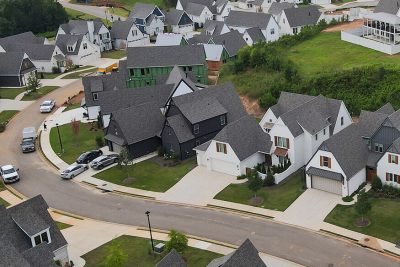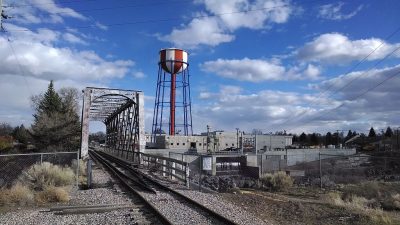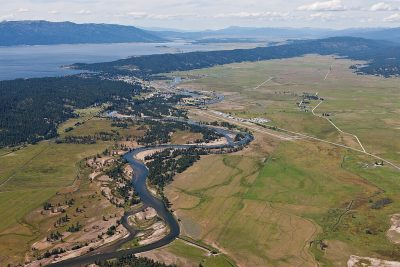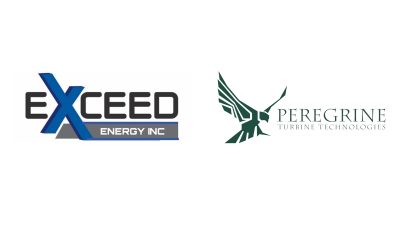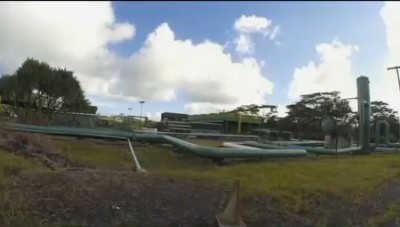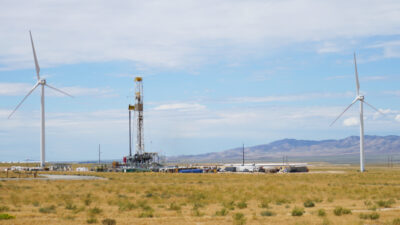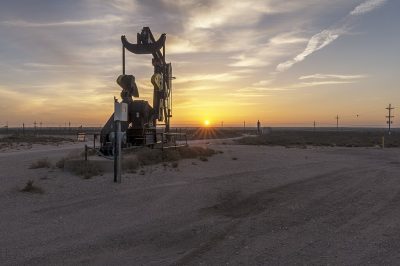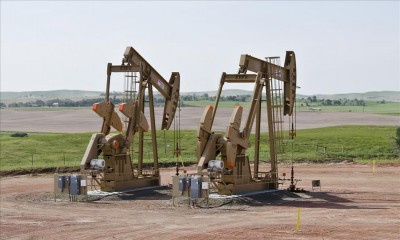New demonstration project starts for super-hot rock EGS in Newberry, Oregon
Mazama Energy has announced the start of a demonstration project for superhot rock enhanced geothermal systems in the Newberry site in Oregon.
Mazama Energy, Inc. has announced the start of work on a new demonstration project at the Newberry Geothermal site in Oregon to test the feasibility of creating a “Super-Hot Rock” enhanced geothermal system (EGS). Initial work has already started as of August 2024, and part of the plan moving forward is to drill two new deep well in super-hot rock in 2025 and 2026.
“Super-Hot Rock” in this context refers to rocks that have a temperature of 375 °C or greater and when extracted can provide several times the power density than lower temperature rock. The heat recovery needs to be engineered by EGS because the rocks are naturally impermeable. The goal for the demonstration project is to show for the first time that a commercially viable geothermal reservoir can be created in super-hot rocks.
RELATED: Harnessing heat from SuperHot rock: The Mazama Energy approach
“Geothermal energy has the smallest environmental footprint of any renewable power source we now have and can provide 24/7 baseload power without any emission of CO2,” said Alain Bonneville, Chief Geoscientist for Mazama Energy.
“The purpose of the Newberry SHR Demonstration project is to show that the new technology developed by Mazama Energy will enable the economic extraction of heat from the earth in locations where it was considered not possible so far. This demonstration project will benefit from an important support of the U.S. Department of Energy and conducted in close collaboration with Oregon State University and several national research institutions,” said Bonneville.
Enhanced Geothermal Systems are geothermal reservoirs created in hot, low permeability rock by injecting cold water to create permeability in solid rock. This means an EGS can be sited in areas without naturally occurring hydrothermal resources with surface manifestations such as hot springs and fumaroles. As such, an EGS could theoretically be sited anywhere there is geothermal heat that is economically recoverable.
Until now, a major challenge facing EGS projects has been the cost. Since geothermal wells can cost several million dollars to construct, increasing the generation capacity of each well is critically important for making it more competitive on the open market for electricity. Systems with single stimulated zones simply don’t yield enough power per well to make the electricity produced cost competitive. Having the ability to create multiple stimulated zones from a single well increases the amount of power produced by the well, and thus decreases the overall cost of the power produced.
The Newberry project of Mazama Energy was one of three projects to receive funding from the US Department of Energy during the first funding round for EGS projects, as announced early 2024. A second funding round has since been announced that seeks to support proposed EGS projects in the eastern United States.
Source: Mazama Energy via Business Wire








